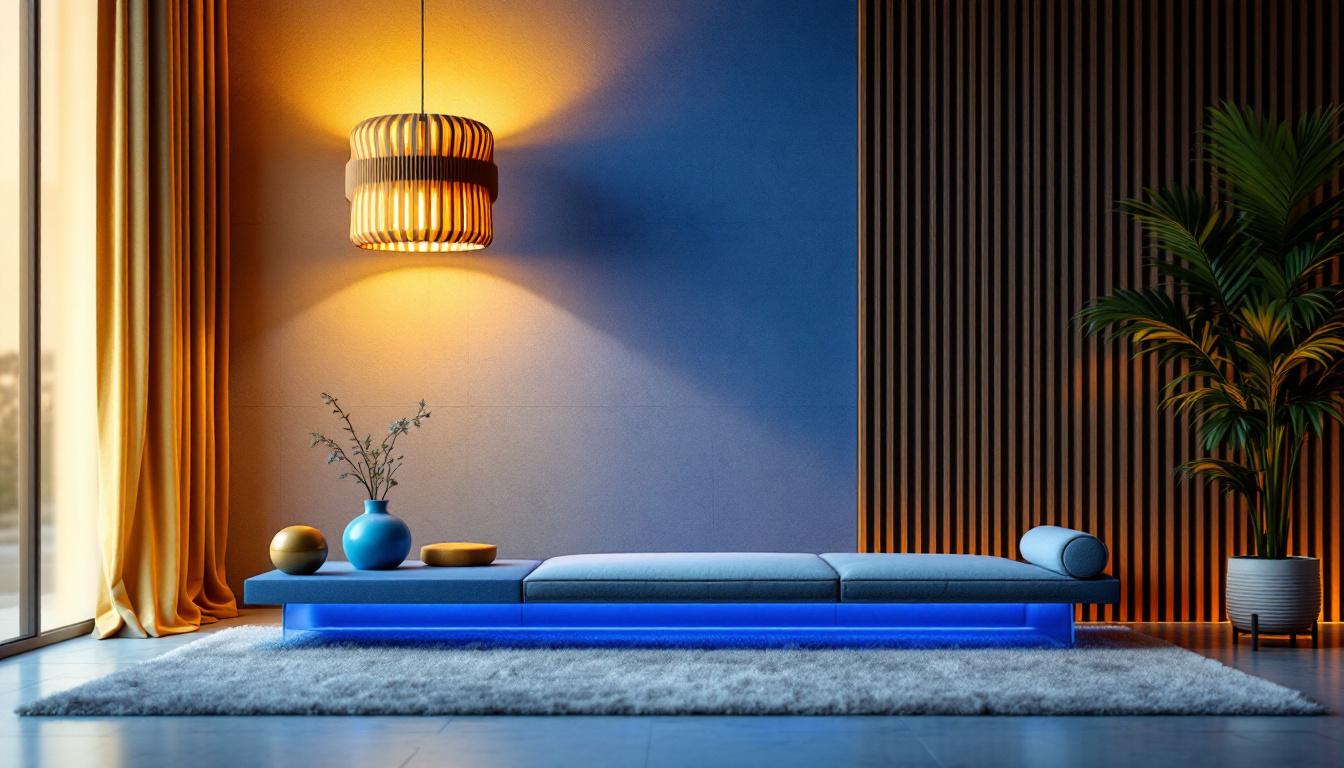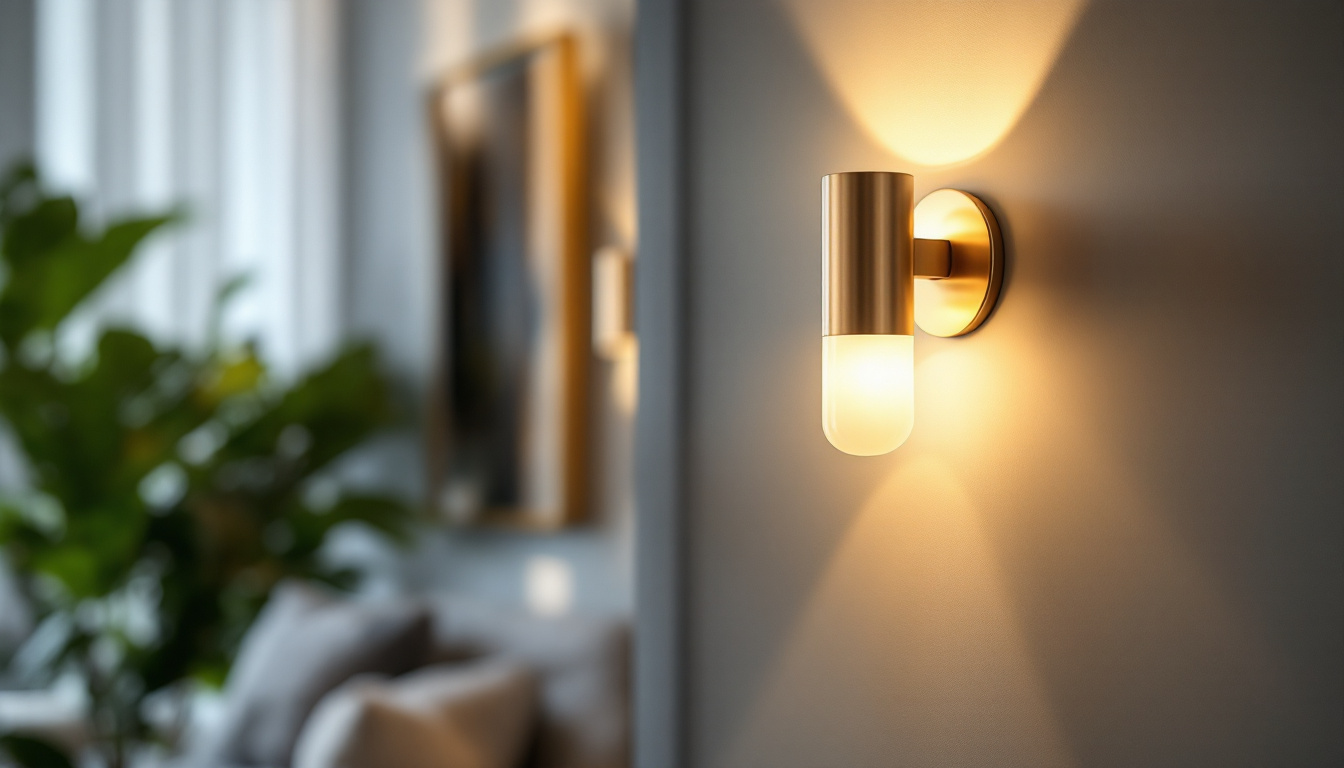
In the world of interior design and architecture, lighting plays a pivotal role in shaping the ambiance and functionality of a space. Among the various lighting options available, architectural lamps stand out due to their unique design and versatility. This article delves into everything a lighting contractor needs to know about architectural lamps, from their types and applications to installation tips and maintenance.
Architectural lamps are not just functional light sources; they are integral components of a building’s design. These lamps are specifically designed to complement the architectural features of a space, enhancing both aesthetics and usability. Their designs can range from sleek and modern to classic and ornate, making them suitable for various environments.
At their core, architectural lamps are fixtures that provide illumination while also serving as a design element. They are often used in commercial spaces, galleries, and residential homes to highlight architectural details, artwork, or specific areas within a room. The purpose of these lamps extends beyond mere illumination; they contribute to the overall mood and atmosphere of a space. For instance, a well-placed architectural lamp can create a warm and inviting ambiance in a living room or a dramatic effect in an art gallery, drawing attention to the pieces on display. This dual functionality makes them a favorite among designers and architects alike, as they can seamlessly blend form and function.
There are several types of architectural lamps, each serving different functions and styles. Understanding these types is crucial for selecting the right fixture for a specific application.
In addition to these common types, there are also pendant lights and chandeliers that can serve as striking focal points in larger spaces. Pendant lights, often suspended from the ceiling, can create a dramatic effect over dining areas or kitchen islands, while chandeliers can add a touch of elegance and sophistication to entryways or grand halls. The choice of materials, such as glass, metal, or even fabric, further influences the overall impact of these fixtures, allowing for a wide range of creative expressions in architectural design.
Moreover, the integration of smart lighting technology into architectural lamps has revolutionized how spaces are illuminated. With the ability to control brightness, color temperature, and even the timing of lighting through mobile apps or voice commands, these modern fixtures enhance convenience and energy efficiency. This innovation not only supports sustainable practices but also allows for personalized lighting experiences that can adapt to different activities or moods throughout the day. As architectural lamps continue to evolve, they remain at the forefront of design, marrying functionality with cutting-edge technology.
Architectural lamps are used in a variety of settings, each with unique lighting needs. Understanding the applications of these lamps can help contractors make informed decisions when planning a lighting design.
In commercial environments, architectural lamps are often used to create an inviting atmosphere while ensuring functionality. Retail stores, restaurants, and offices benefit from well-placed lighting that highlights products, creates a welcoming ambiance, and enhances productivity.
For instance, in a retail store, track lighting can be used to spotlight merchandise, while recessed lighting provides overall illumination. In restaurants, wall sconces can create intimate dining experiences, while pendant lights above tables add a touch of elegance.
In residential settings, architectural lamps can transform a house into a home. They can be used to highlight architectural features such as vaulted ceilings, artwork, or unique furniture pieces. Additionally, the right lighting can make spaces feel larger and more inviting.
Living rooms, kitchens, and bathrooms can all benefit from carefully selected architectural lamps. For example, pendant lights over kitchen islands not only provide task lighting but also serve as decorative elements that enhance the overall design.
Architectural lamps are not limited to indoor use; they can also enhance outdoor spaces. Outdoor architectural lighting can illuminate pathways, highlight landscaping features, and create a welcoming atmosphere for outdoor gatherings.
When designing outdoor lighting, it is essential to consider factors such as weather resistance and energy efficiency. LED architectural lamps are a popular choice for outdoor applications due to their durability and low energy consumption.
Selecting the appropriate architectural lamp for a specific application involves considering several factors. These include the desired ambiance, the purpose of the lighting, and the architectural style of the space.
Before choosing a lamp, it is crucial to assess the space in which it will be installed. Consider the size of the room, the height of the ceilings, and the existing architectural features. A large room may require multiple light sources to achieve adequate illumination, while a smaller space may benefit from a single statement piece.
Additionally, the color palette and design style of the room should influence the choice of lamp. A modern space may call for sleek, minimalist fixtures, while a traditional setting may benefit from ornate designs.
The quality of light produced by an architectural lamp can significantly impact the overall feel of a space. Factors such as color temperature, brightness, and beam angle should be considered when selecting fixtures.
Color temperature is measured in Kelvin (K) and can range from warm (around 2700K) to cool (above 5000K). Warm light creates a cozy atmosphere, making it suitable for residential spaces, while cooler light is often used in commercial settings for a more energetic feel.
Proper installation is vital for ensuring that architectural lamps function effectively and safely. Here are some essential tips for lighting contractors to consider during the installation process.
Before installation, it is essential to plan the layout of the lighting. This involves determining the placement of fixtures to achieve the desired lighting effect. Consider factors such as the height of the ceilings, the layout of furniture, and the purpose of each area.
Using lighting design software can help visualize the layout and make adjustments before installation. This planning phase is crucial for avoiding common pitfalls, such as inadequate lighting or fixtures that clash with the overall design.
Safety should always be a top priority when installing architectural lamps. Ensure that all electrical work complies with local codes and regulations. It is advisable to use a licensed electrician for any electrical installations to avoid potential hazards.
Additionally, consider using dimmers and smart lighting controls to enhance the versatility of the lighting system. These features allow for greater control over brightness and can contribute to energy savings.
Once installed, maintaining architectural lamps is essential for ensuring their longevity and performance. Regular maintenance can prevent issues such as flickering lights or reduced brightness.
Dust and debris can accumulate on lamps, affecting their performance and appearance. Regular cleaning is necessary to keep fixtures looking their best. Use a soft, dry cloth to wipe down surfaces, and avoid harsh chemicals that could damage the finish.
For more complex fixtures, refer to the manufacturer’s instructions for cleaning and maintenance. Some lamps may require specialized care to preserve their integrity and functionality.
Over time, bulbs may burn out or lose their brightness. It is essential to replace bulbs promptly to maintain the desired lighting levels. When replacing bulbs, ensure that the new bulbs are compatible with the fixture and provide the same quality of light.
In addition to bulbs, other components such as transformers or ballasts may also need replacement. Regularly check these components to ensure the lighting system operates efficiently.
The field of architectural lighting is continually evolving, with new trends emerging that influence design and functionality. Staying updated on these trends can help contractors offer innovative solutions to their clients.
As environmental concerns become increasingly important, the demand for sustainable lighting solutions is on the rise. LED technology has revolutionized architectural lighting, offering energy-efficient options that reduce electricity consumption and lower carbon footprints.
Many architects and designers are now prioritizing energy-efficient lighting in their projects. This trend not only benefits the environment but also appeals to clients looking to reduce operational costs.
The integration of smart technology into architectural lighting is another significant trend. Smart lighting systems allow for remote control, automation, and customization of lighting settings. This technology enhances user experience and provides greater flexibility in how spaces are illuminated.
Contractors should consider offering smart lighting solutions as part of their services, as this trend is likely to continue growing in popularity among clients.
Architectural lamps are more than just sources of light; they are essential elements that enhance the design and functionality of spaces. For lighting contractors, understanding the various types, applications, and installation techniques of architectural lamps is crucial for delivering high-quality lighting solutions.
By staying informed about trends and best practices in architectural lighting, contractors can provide clients with innovative and effective lighting designs that meet their needs and elevate their spaces. Whether in commercial or residential settings, the right architectural lamp can transform an ordinary environment into an extraordinary one.
Ready to elevate your lighting projects with the finest architectural lamps? Look no further than LumenWholesale, where we provide contractors with exceptional, spec-grade lighting solutions at the most competitive wholesale prices. Say goodbye to local distributor markups and hello to our premium selection that meets rigorous industry standards. With free shipping on bulk orders, LumenWholesale is your go-to source for high-quality lighting that combines affordability with convenience. Don’t compromise on performance or price. Discover the best value in wholesale lighting and bring your design visions to life with LumenWholesale.

Discover the common pitfalls lighting contractors face when installing solar LED walkway lights.

Discover expert insights and best practices for using LED can lights in your projects with our comprehensive guide tailored for lighting contractors.

Unlock the essentials of L M Greenhouse technology in just five minutes with this concise guide tailored for lighting contractors.

Discover how large wall sconces can transform your lighting projects by enhancing efficiency and aesthetics.